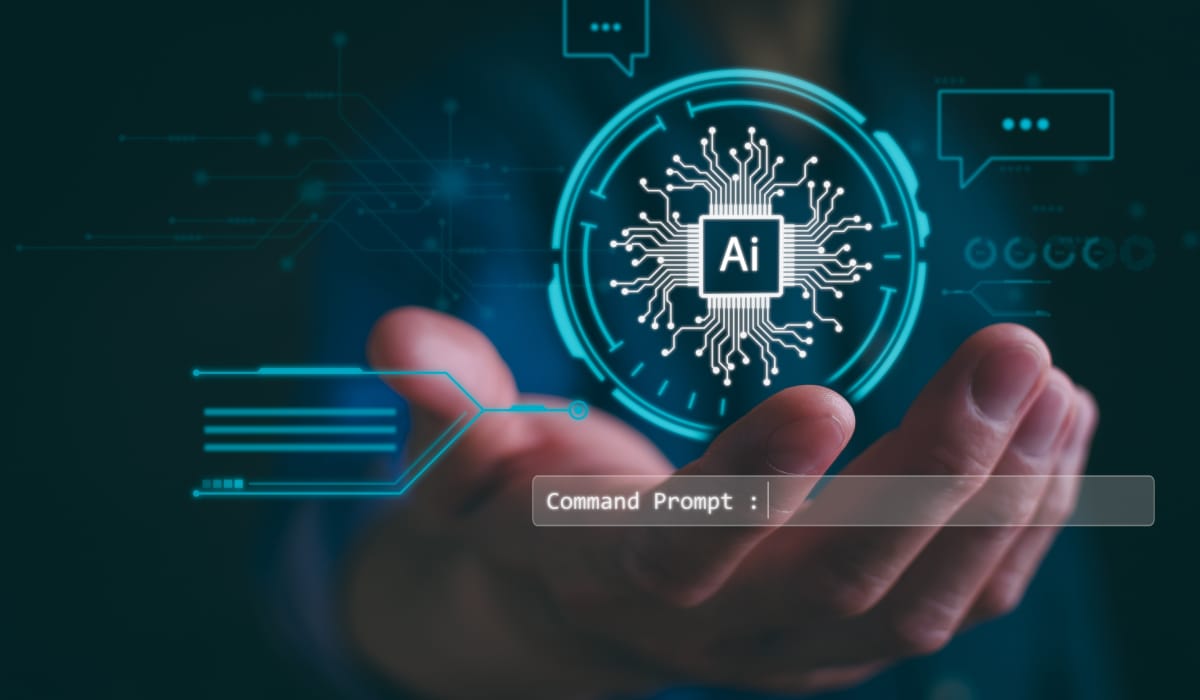Announcing a New Series: Deep Dive into Generative AI and Machine Learning
We’re launching a comprehensive series exploring the technical landscape of Generative AI and Large Language Models. This series aims to bridge the gap between theoretical understanding and practical implementation, covering everything from foundational concepts to advanced applications.
What to Expect:
- In-depth technical analysis of LLMs, embeddings, and vector databases
- Practical implementations and architectural considerations
- Real-world use cases across industries, with a special focus on healthcare applications
- Cost optimization and infrastructure scaling guidelines
- Code examples and tutorials for hands-on learning
Our first article launches this exploration with a deep dive into the fascinating world of Large Language Models and their unexpected capabilities.
Understanding Generative AI: The Creative Force Behind Modern AI Solutions 🎨✨
Before diving deep into Large Language Models, it’s crucial to understand the broader revolution of Generative AI that’s reshaping our digital landscape. Generative AI represents a fundamental shift in how machines interact with human creativity and problem-solving. 🔄
🎯 What Sets Generative AI Apart?
Unlike traditional AI systems that excel at classification and prediction, Generative AI creates new content – from images and text to code and music. This creative capability stems from learning patterns in vast amounts of training data and using those patterns to generate novel, contextually relevant outputs.
💫 The Generative Revolution:
The emergence of powerful Generative AI tools has democratized content creation and problem-solving in unprecedented ways:
- DALL-E and Midjourney transform text descriptions into stunning visual artworks
- GitHub Copilot and Claude help developers write and debug code
- ChatGPT and Claude assist in writing, analysis, and creative tasks
- Stable Diffusion enables image editing and generation
- Musical AI tools compose original melodies and arrangements
🔍 The Technical Foundation:
At its core, Generative AI relies on sophisticated neural networks trained on massive datasets. These systems learn not just to recognize patterns, but to understand the underlying structure of their training data. This enables them to:
- Generate content that follows learned patterns while remaining original
- Understand context and maintain consistency across generated content
- Adapt their output based on user feedback and guidance
- Combine concepts in novel ways to solve new problems
🌟 Impact Across Industries:
The applications of Generative AI extend far beyond creative tasks:
- Healthcare: Generating molecular structures for drug discovery
- Manufacturing: Creating optimal design solutions
- Finance: Developing trading strategies and risk analysis
- Education: Producing personalized learning materials
- Marketing: Creating targeted content and campaigns
The Hidden Psychology of Large Language Models: Why They Work Better Than Expected 🧠💡
Today’s Large Language Models have surpassed expectations in ways that surprise even their creators. While headlines focus on chatbots and coding assistants, the real story lies in how these models process information in unexpectedly human-like ways. 🤖➡️🧬
Take instruction-following. When OpenAI first tested GPT-3, they discovered it could perform tasks without specific training – something previously thought impossible. This “emergent behavior” fundamentally changed our understanding of AI capabilities. We now know these models develop abilities beyond their training, similar to how humans learn to solve novel problems. 🔄
🎯 Consider these counterintuitive findings:
- LLMs often perform better on complex tasks than simple ones
- They can solve problems their creators didn’t anticipate
- Their mistakes frequently mirror human cognitive biases
- They show signs of implicit learning – acquiring knowledge without explicit instruction
💼 The Business Reality Check
The most successful implementations aren’t the most technically advanced – they’re the most thoughtfully applied. Microsoft discovered this when rolling out GitHub Copilot. The key wasn’t raw model performance, but understanding how developers actually work and think.
🔄 The Three Paradigm Shifts:
- 🎯 Models are becoming interpreters rather than just predictors. They don’t just complete sentences; they understand and respond to complex intentions.
- 📈 Scale changes behavior non-linearly. At certain sizes, models develop entirely new capabilities – like spontaneously breaking down complex problems into steps.
- 🔄 The interaction between model and prompt is more sophisticated than initially thought. The same model can act as different tools depending on how it’s approached.
Coming Up in Our Series: Your Journey Through AI Innovation🚀
As we continue our exploration of Generative AI and LLMs, here’s what you can look forward to in our upcoming articles:
Next in the Series: “Demystifying Generative AI: From Concepts to Reality 🎯
Our next piece breaks down the key concepts that make Generative AI revolutionary, exploring:
- How Generative AI differs from traditional AI approaches
- The building blocks that power tools like ChatGPT and DALL-E
- Real examples of Generative AI transforming businesses
- Practical considerations for implementing Gen AI solutions
Future Deep Dives 🔍
1. Embeddings and Vector Representations in AI
- Understanding embeddings and their role in AI
- Different types of embeddings and their applications
- Best practices for embedding generation
- Performance optimization techniques
2. Advanced Retrieval Systems and RAG Architecture
- Deep dive into retrieval mechanisms
- Implementing efficient retrieval systems
- Retrieval-Augmented Generation (RAG) architecture
- Hybrid search approaches and optimization
3. Mastering Prompt Engineering
- Advanced prompt engineering techniques
- System prompts vs. user prompts
- Chain-of-thought and few-shot prompting
- Prompt optimization and testing strategies
4. AI Infrastructure and Cost Optimization
- Understanding infrastructure requirements
- Cost analysis and optimization strategies
- Batch processing vs. real-time inference
- Resource utilization and monitoring
5. Model Selection and Scaling Deployments
- Criteria for choosing the right models
- Scaling strategies for production deployments
- Load balancing and high availability
- Monitoring and maintenance best practices
6. Vector Databases: The Backbone of Modern AI Systems
- Understanding vector embeddings in simple terms
- When and why to use vector databases
- Practical implementation guidelines
- Performance optimization tips
Special Features💡
Throughout the series, we’ll include:
- Expert interviews with AI practitioners
- Industry-specific implementation guides
- Cost calculation worksheets
- Decision-making frameworks
- Security checklists
Getting the Most from This Series📚
Each article is designed to stand alone while building toward a comprehensive understanding of Generative AI. We recommend:
- Starting with our foundational pieces if you’re new to AI
- Focusing on industry-specific articles for targeted insights
- Bookmarking our implementation guides for future reference
- Engaging with our interactive examples and worksheets
Join the Conversation 🗣️
We encourage readers to:
- Share their implementation experiences
- Submit questions for future articles
- Suggest topics for deep dives
- Participate in our upcoming webinars
Resource Library 📖
Alongside the series, we’re building a comprehensive resource library including:
- Code repositories and examples
- Implementation templates
- Evaluation frameworks
- Decision matrices
- Cost calculators
Stay tuned as we explore these topics in depth, providing you with practical insights and actionable strategies for leveraging Generative AI in your organization. Whether you’re just starting your AI journey or looking to optimize existing implementations, this series will be your guide to navigating the exciting world of Generative AI.


